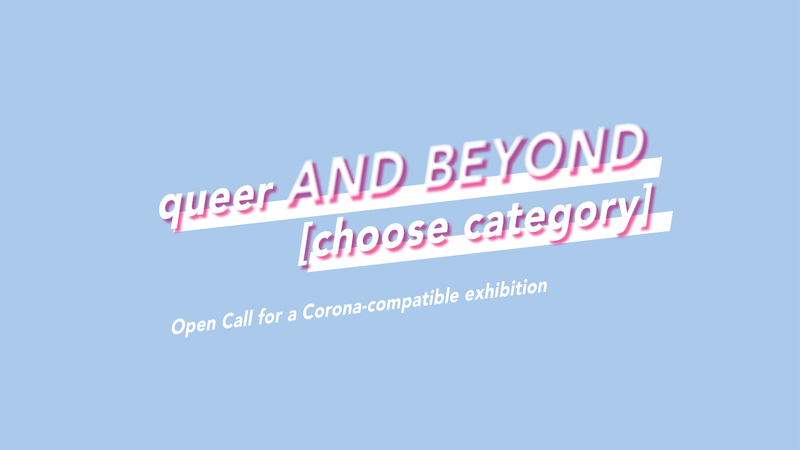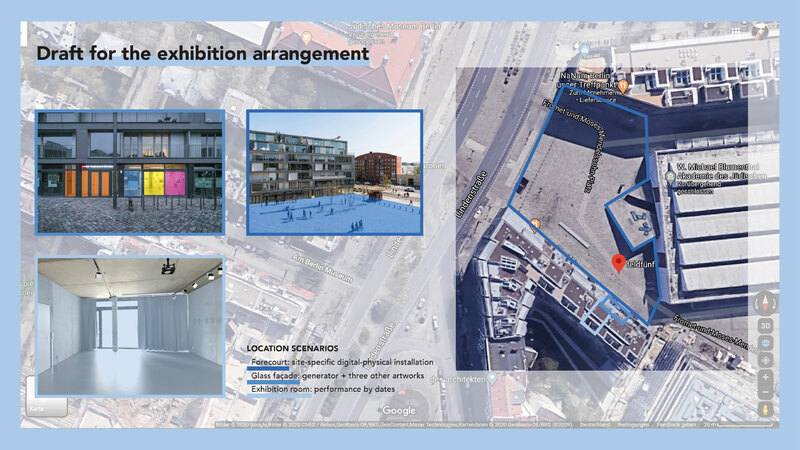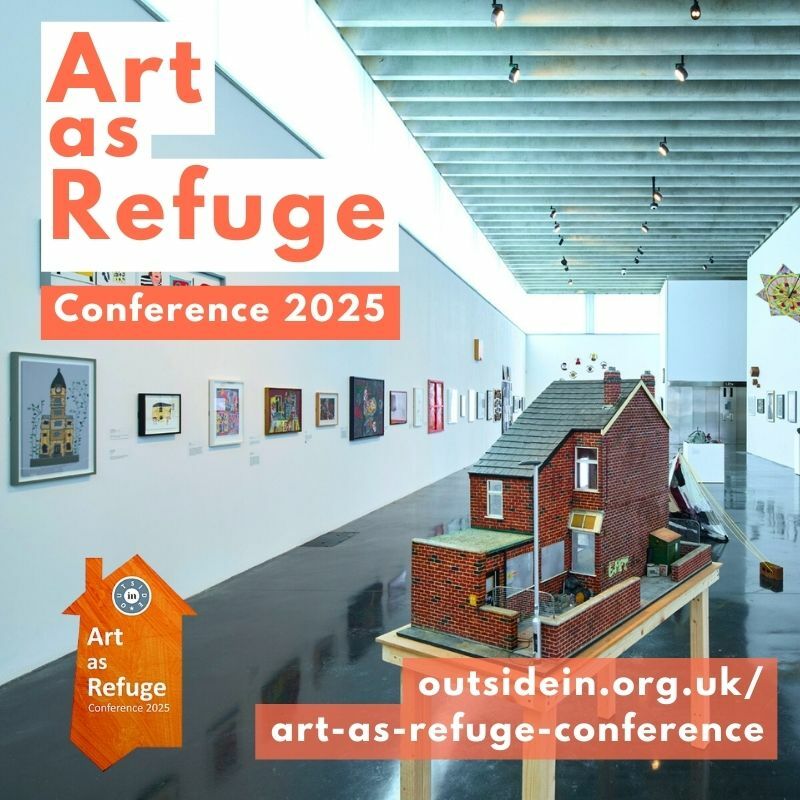Call for Artists: queer AND BEYOND [choose category]
Deadline: 18/10/2020Venue: feldfünf e.V. | City: Berlin | Country: Germany | Ben Egger
Paid opportunity
For the planned Corona-compatible exhibition in April/May 2021, preferably digitally based or digital-related artworks addressing queer-political forms of resistance or queer-political potentials are sought.
Background
Art and artistic processes share the characteristics of a virus. Just as viruses do not have their own metabolism and depend on the host cells of other living organisms, recipients of art bring an artwork to life by lending it their own life. Virality also describes methodologies of art (re)production and distribution (e.g. memes or social media [art]).
Techniques of remixing and hacking can be compared with viral concepts in the way these techniques consist of penetrating, recombining, appropriating and/or replicating other organisms. Wherever artistic interventions penetrate existing structures, they carry the potential to reveal standardized aesthetics (e.g. Instagram) by mutating its control elements, i.e. by subjecting these structures to the artistic idea.
Although viruses behave similarly to artistic processes with regard to aesthetic or metaphorical terms, viruses can also, literally and severely, affect the art industry itself – especially in epidemics or pandemics. In times of Corona venues such as museums, theatres, cinemas, and galleries are threatened by public health restrictions. This in turn imperils the existence of freelance artists who finance themselves through commissions and part-time jobs. Thus the virus points to the weakness of a system in which cultural workers are not given the level of support or relevance they deserve by virtue of their researching, visionary, and corrective function.
Basic curatorial assumption
Due to Corona, many artistic activities have shifted to the Internet, partly as surrogates for physical productions and partly as digital-first productions. The pandemic has directed increased attention to existing digital formats and artists working in the digital space, thereby strengthening an underrepresented field in museums and exhibition halls, on the market, or in education despite — or precisely because of — its being at a structural disadvantage in the art business.
Hybrid digital-physical art has the potential to reveal supposedly binary phenomena by becoming fluid entities. Works of this resistant kind act transversal to the norm and function as resistant protests undermining binary realms by interpreting distinct categories as fluid spectra. Accordingly, this art form is to be understood as a contemporary, hybrid form of activism being postdigital due to its potential to (digitally) expand realities.
Location scenarios
The exhibition envisions three scenarios of spatially implementing the artworks in and around the project space feldfünf in Berlin. It is the exhibition‘s leitmotif to ensure that its experience is as Corona-compatible as possible. As the central interface, in the glass façade of the space, visual or audiovisual artworks will be shown which can be experienced from the outside. Both screen-based works and projections or installation-based works are permissible.
If possible, audio tracks should be accessible via QR codes through the viewers’ own phones. In a second scenario, a performative event shall take place on several dates for a limited number of participants inside of the exhibition space of feldfünf. The third scenario will happen in the forecourt of the project space between the buildings of the Jewish Museum Berlin. Due to the special conditions of the location that prohibit leaving any objects for a longer time, an ephemeral artwork obeying and commenting on these conditions will be shown. The exhibition is therefore a hybrid on various levels: it combines digital and physical spheres, interior and exterior spaces, and the art reception and art production.
Participating actors & artists
The exhibition is planned as part of the research project 'Postdigital Art Practices in Cultural Education' and considers itself as a research process curated by Benjamin Egger. In the context of the project, Magdalena Kovarik develops a ‘Wish Generator’ for the exhibition, which enables users to physically place their wishes in the exhibition space through digital inputs. The generator is hybrid in a digital-physical sense and conceived as a practice at the intersection of technology research, cultural education and art. The output of the generator will be shown as one of at least four works in the glass façade. In addition, the artist Sarah Wölker develops a work for the forecourt where the audience will experience the place expanded through, and with the help of, the smartphone.
For the planned exhibition, preferably digitally based or digital-related artworks are sought corresponding to the Corona-compatible exhibition arrangement. In particular, we seek works addressing queer-political forms of resistance or queer-political potentials. In this context, 'queer' may be interpreted both in the narrower sense concerning queer culture and the broader sense, i.e. in a transverse fashion to the norm and as a hybrid form. Please submit works for the following positions and media:
- the glass façade (to be experienced from the outside): visual and audio-visual (screen-based, projections or installations)
inside - the exhibition space: performance or performative installation. The performance(s) shall take place on at least two dates in the exhibition space.
Submission deadline: 18th October 2020
Honorarium: 750 EUR
Exhibition location: feldfünf e.V., Fromet-und-Moses-Mendelssohn-Platz 7-8, 10969 Berlin
Exhibition period: April 6 – May 3, 2021 (incl. construction and deconstruction)
The submission should clearly outline the materials, size and subject of the work. Questions will be gladly answered.
You must have an account to send a message to the curator of this opportunity. Registering only takes a few moments. Once registered you'll be able to keep track of all of your submissions and get updates on upcoming opportunities.
Already have an account? You must log in to send this curator a message.
Get the latest CuratorSpace news, updates about new opportunities, upcoming deadlines, and art-related promotions.
Messums is delighted to present for the second time an international call out to artists working... Our Place: Painting, print, photography, mixed media and written word about Leeds 6.
The HEART Centre in Leeds 6 has a new gallery space, the Steve Trattles Gallery, and is looking... Net-Zero Press - Call for Workshop Participants
In histories of art as in contemporary practice, we rarely consider where ink wiped off a...



